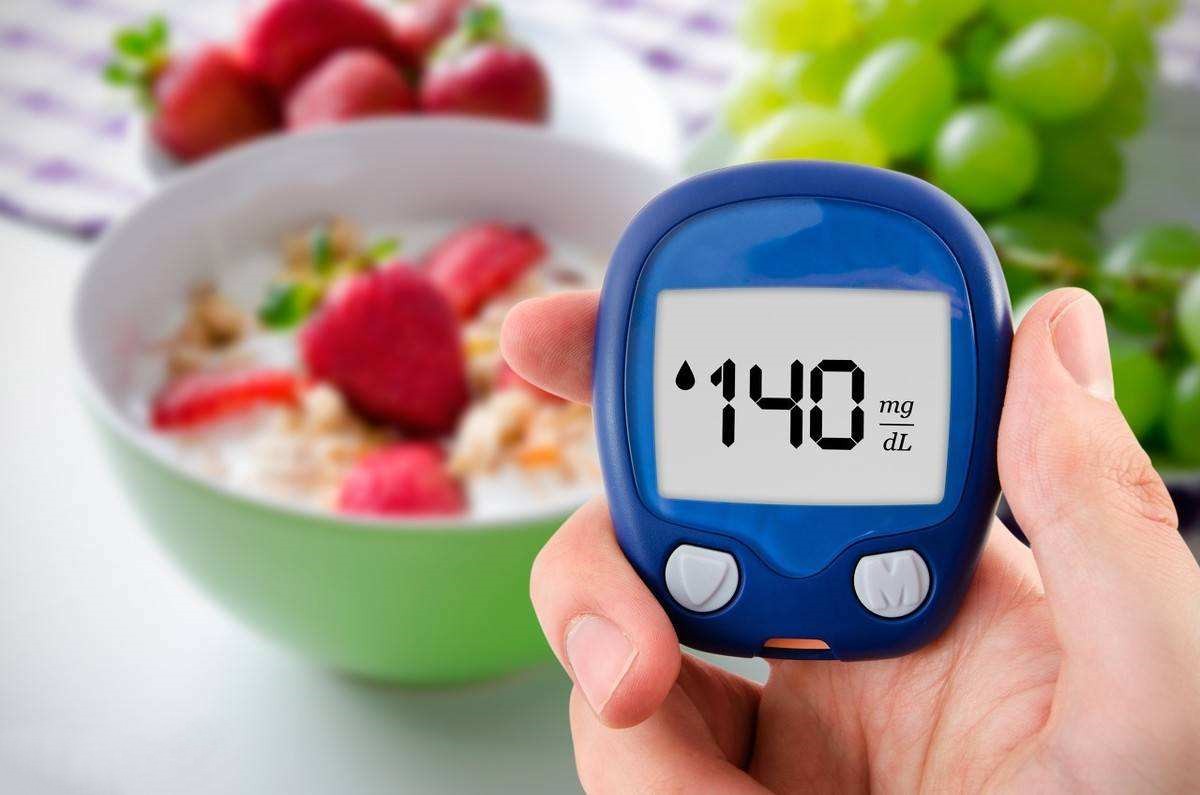


As "low fat", "zero sugar" and "zero calories" have currently become consumer's favorite selection criteria, there is a trend of health in all industries. Under this "trend", low Glycemic Index food develops rapidly and is favored by many consumers. What is a "low Glycemic Index foods", and what certification do countries have for low Glycemic Index foods? In the following, Foodmate will introduce respectively.
1、What is low Glycemic Index foods
As a Chinese saying goes, "Man is iron, but rice is steel. If you do not eat a meal, you will be hungry.""Rice" mainly refers to carbohydrates, when ingested into the human body, can be broken down into sugars, provide energy for the human body. However, studies have found that foods with high carbohydrate content does not necessarily increase the Glycemic speed fast; Low content, not slow the Glycemic speed. In order to facilitate people to judge the high and low Glycemic speed caused by different foods, Canadian scholar Dr. Jasons first proposed the concept of Glycemic index (GI) in 1981. Specifically, the relative rate at which blood sugar rises within 2 hours of a carbohydrate-rich food entering the body. It is generally classified as low, medium and high, and foods with a GI of less than 55 can be called "low GI foods". After eating, it can increase the sense of satiety, delay the occurrence of hunger, avoid obesity, diabetes, etc., such as fat food, high protein food. High GI foods are opposite, such as carbohydrates and starchy foods.
![[221129]0085565e64434e319d755cb9187cadc1.jpeg.jpeg 0085565e64434e319d755cb9187cadc1.jpeg](https://global.foodmate.net/file/upload/image/20221129/[221129]0085565e64434e319d755cb9187cadc1.jpeg.jpeg)
2、Low Glycemic Index foods certification in various countries
In order to facilitate consumer identification and choice, various countries have carried out different forms of certification for "low GI food".
In our country, since 2019 industry standard WS/T 652-2019 officially came into effect, there have been a succession of low GI food certification bodies obtained certification qualifications. After the product is certified, the certification body will continue to carry out real-time monitoring and inspection to ensure the authority of certification.
Although the EU has not yet issued a unified "low GI food" label, there are some cases of enterprises using the "low GI food" certification label on the market directly.
Australia and New Zealand is currently the most widely used country for "low GI food" certification, mainly administered by the Glycaemic Index Foundation (GIF). Foods certified by the agency can carry a low GI food label on their packaging.
In the U.S., the certification of "low GI foods" is mainly done by Commercial Glycemic Research Institute and companies. The Commercial Glycemic Research Institute is responsible for approval, while food manufacturers are required to ensure that information about low-GI foods is accurate and complies with current laws and regulations.
![[221129]52bcb2a99031452582dd83c62614488a.jpeg.jpeg [221129]52bcb2a99031452582dd83c62614488a.jpeg.jpeg](https://global.foodmate.net/file/upload/image/20221129/[221129]52bcb2a99031452582dd83c62614488a.jpeg.jpeg)
3、Summary
In conclusion, low GI foods are especially suitable for people with diabetes, obesity and glucose metabolism disorder. However, diet should not be blindly selected based on GI value. Because the GI of the same food varies with maturity and cooking style, and a low GI does not mean a low calorie. For example,a high fat food is low in GI but high in calories. Therefore, on the basis of controlling the total intake of calories, in addition to paying attention to the GI value of food, we should also try to choose foods with a low degree of processing.
Need help or have a question?
Send mail